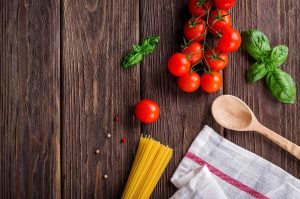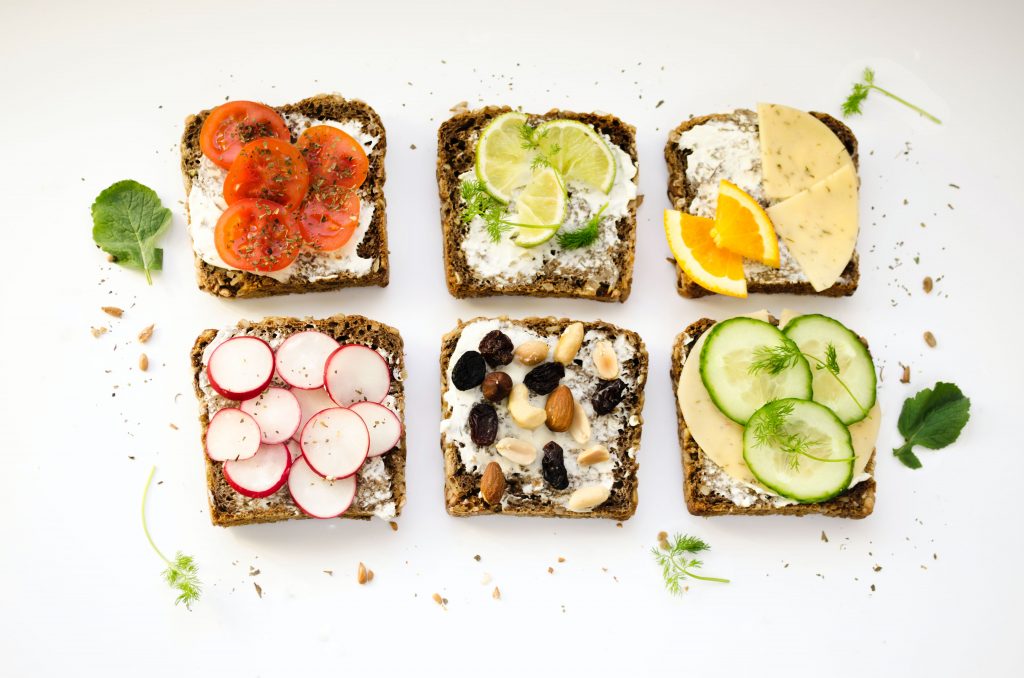
Written by Morwenna Bugg
Eat this, don’t eat that, exercise like this.
Sound familiar?
January is one of diet culture’s favourite times of year. There are huge amounts of diet messages everywhere. On TV, in magazines and, what seems like, a never ending amount online.
In some ways, the fact that there is health and nutrition information on the internet and social media is great; people can easily access information to support their wellbeing. However, because anyone can put content online, regardless of their qualifications in the subject, there is a huge amount of health and nutrition misinformation online. This can be misleading and potentially harmful.
The other issue is that a lot of nutrition messages are aligned with and fueled by diet culture.
Diet culture can be difficult to define. It is pervasive and ingrained in society. Diet culture is not just following a diet plan. It is a system of beliefs that idealise thinness, associate thinness with health, connect health with morality, promote weight loss as the goal, demonise certain foods, put certain eating patterns on a pedestal, and oppress those who don’t fit into its narrow definition of ‘health’.
Diet culture has a huge impact on our relationship with food and our bodies; and not in a good way. It normalises disordered eating.
Research analysing ‘healthy-living blogs’ found that a lot of the content was appearance focused, promoted the thin ideal, and contained disordered messages about food and nutrition. A study of ‘fitspiration’ websites found appearance, food and exercise focused content which were similar to pro-anorexia websites. The images reflected the thin ideal and were often sexually objectifying. The social media platform Instagram has been linked to orthorexia symptoms. There has also been research looking at the relationship between consuming media online and body images which showed an association with weight dissatisfaction and internalisation of the thin ideal.
After being subjected to these messages throughout our whole life, how do we learn to fight against diet culture and develop a healthy relationship with food?
One way is to practice intuitive eating. Intuitive eating is not a diet. It is a model of eating which is an alternative to dieting. It was developed in the 90’s by two registered dietitians, Evelyn Tribole and Elyse Resch and is based on ten principles. We are born intuitive eaters and the approach helps people eat, once again, based on physiological cues instead of relying on external factors such as dieting. It is a weight neutral approach which focuses on health promotion. There are now hundreds of studies supporting intuitive eating as an effective model. Research also shows that traditional weight-loss diets are ineffective in the long term. Benefits to both physical and mental health through intuitive eating have been reported.
Intuitive eating is complex. It’s not as simple as ‘eating what you want when you want’ but understanding the process and its nuances is worth it; because eating food shouldn’t mean we have to spend all day analysing food rules in order to work out what we are ‘allowed’.
References:
Boepple, L. and Thompson JK. (2014) A content analysis of healthy living blogs: evidence of content thematically consistent with dysfunctional eating attitudes and behaviours. International Journal of Eating Disorders. 47(4), pp 362-367.
Cohen, R. Newton-John, T. and Slater, A. (2017) The relationship between Facebook and Instagram appearance-focused activities and body image concerns in young women. Body Image. 23, pp 183-187.
Harrison, C. (2019) Anti-Diet. Hodder and Stoughton Ltd, London, UK.
Rowe, S. and Alexander, N. (2018) Fake news/nutrition news: part 2- trust. Nutrition Today. 53(4), pp 166-168.
Thomas, L. (2019) Just Eat It. Bluebird. London, UK.
Turner PG, Lefevre CE. (2017) Instagram use is linked to increased symptoms of orthorexia nervosa. Eat Weight Disord -Stud Anorexia, Bulim Obes, 22(2), pp 277-284.
